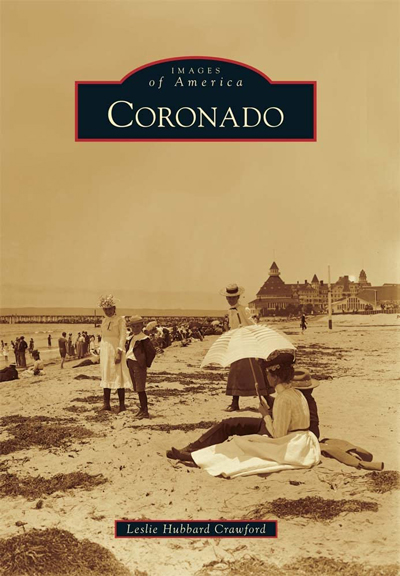 |
|
Penning the Past
Join us for this dynamic Zoom lecture series and learn about the unique character of San Diego's historic neighborhoods through the eyes of impassioned writers and historians. Brought to life by esteemed local authors, Penning the Past promises to be an enriching exploration of San Diego's architectural legacy and historical tapestry.
November 9 · 11am-12 noon During the 1880s, a great land boom was sweeping California. Two visionary entrepreneurs, Elisha Babcock and H. L. Story, imagined Coronado as a resort and brought their dream to reality by luring the wealthy and famous to their exclusive red-roofed hotel on the beach. John D. Spreckels continued to build upon that dream, leaving a legacy through his many gifts to the city. The U.S. Navy has played a prominent role in Coronado's development, with North Island officially known as the birthplace of naval aviation, and later, with U.S. Navy SEALs stationed at Naval Amphibious Base. Coronado and North Island are surrounded by water and only accessible by the peninsular Silver Strand and the iconic San Diego-Coronado Bay Bridge. This creates a small town atmosphere with a unique combination of cosmopolitan beach resort and Navy town, rich in history.
PURCHASE ADVANCE TICKETS
|
TOURS & EVENTS
Marston House Museum
|
Mailing - PO Box 80788 · San Diego CA 92138 | Offices - 3525 Seventh Avenue · San Diego CA 92103
|



